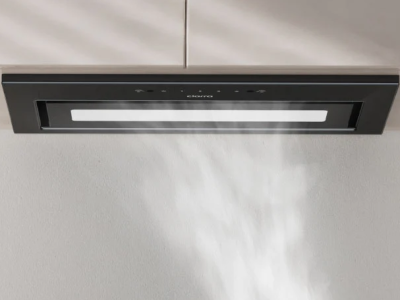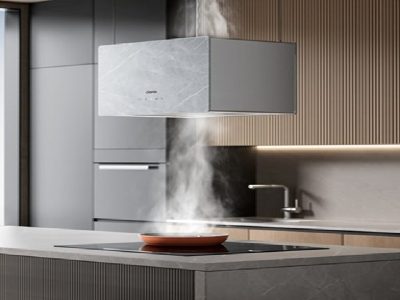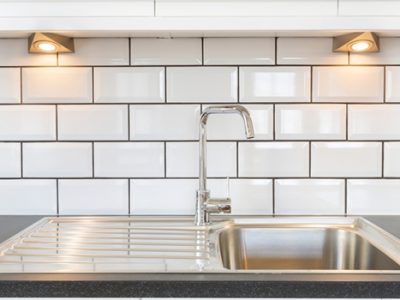Food preservation has evolved far beyond simple refrigeration. Among modern kitchen tools, the vacuum sealer stands out as a simple yet powerful way to extend the shelf life of your ingredients and keep meals tasting fresh. If you’ve ever wondered how to use vacuum sealer machines effectively, this guide will walk you through every step — from preparation to proper storage — while also explaining why so many people are turning to reliable kitchen technology from companies like Ciarra Gadgets for smarter food management.
Why Vacuum Sealing Matters
Air is the main culprit behind food spoilage. It carries moisture, bacteria, and enzymes that degrade flavor and texture. A vacuum sealer removes the air from specially designed bags or containers, creating a tight seal that drastically slows down spoilage.
Whether you’re storing bulk meats, fresh produce, or pre-cooked meals, vacuum sealing can keep your food fresh up to five times longer compared to traditional storage methods.
Beyond simple preservation, vacuum sealing also prevents freezer burn, helps in portion control, and makes sous-vide cooking possible — a method that locks in nutrients and enhances flavor.
Step-by-Step Guide: How to Use Vacuum Sealer Machines Properly
Using a vacuum sealer may seem complicated at first, but once you understand the process, it becomes second nature. Here’s a simple breakdown of how to use vacuum sealer equipment safely and efficiently.
1. Prepare Your Food and Bags
Before sealing, clean and dry your ingredients. For meats and vegetables, remove excess moisture with paper towels. This ensures a stronger seal and reduces the risk of leaks.
Cut the vacuum bag a few inches longer than the food to allow space for sealing. If you’re sealing liquids or moist foods, consider pre-freezing them for about 30 minutes to prevent liquid from being sucked into the vacuum chamber.
2. Arrange the Food Properly
Place the food in the bag so it lies flat. Avoid overfilling; leave at least 2–3 inches of space from the top of the bag. Flattening food not only makes sealing easier but also allows for more compact storage in your freezer or pantry.
3. Load the Bag into the Vacuum Sealer
Open the machine lid and place the open end of the bag into the sealing channel. Make sure it lies straight without wrinkles — even small folds can prevent an airtight seal. Close the lid firmly to activate the locking mechanism.
4. Choose the Appropriate Mode
Most modern vacuum sealers feature multiple settings, such as “Dry” for solid foods and “Moist” for items with higher water content. Some also include a “Seal Only” option, which lets you reseal snacks or chips without vacuuming the air out.
Select the right mode based on what you’re sealing to get the best results.
5. Vacuum and Seal
Press the Start button. The vacuum sealer will automatically remove air from the bag and create a secure seal using heat. Wait until the indicator light shows that the process is complete before opening the lid.
6. Check the Seal
Inspect the sealed edge to ensure it’s smooth and complete. A properly sealed bag should have no gaps or wrinkles. If you notice any imperfections, trim the bag and reseal it.
7. Label and Store
Use a marker to label each bag with the contents and date. Store the vacuum-sealed packages in your refrigerator, freezer, or pantry, depending on the food type.
Proper labeling helps you keep track of freshness and avoid food waste.
Extra Tips for Better Results
- Let hot food cool first: Sealing warm food can cause steam, which interferes with the seal.
- Use quality vacuum bags: Cheap bags can puncture or lose suction over time.
- Avoid sealing certain foods raw: Items like soft cheeses, mushrooms, and garlic can emit gases that loosen the seal.
- Clean the sealer regularly: Wipe the sealing strip and vacuum channel to maintain consistent performance.
These small habits make a big difference in both food quality and machine longevity.
Vacuum Sealing Beyond Food Storage
Once you learn how to use vacuum sealer systems, you’ll discover they’re not limited to food. You can use them to protect valuables from moisture, organize travel items, or store silverware without tarnishing.
For home cooks who love meal prepping, vacuum sealing allows you to prepare ingredients days or weeks in advance while keeping them perfectly fresh.
Why Choose Reliable Brands
While this guide avoids endorsing a single brand, it’s worth noting that companies like Ciarra Gadgets are known for designing practical, user-friendly kitchen appliances that make vacuum sealing accessible to everyone. Their technology focuses on simplicity, portability, and efficiency — key features for anyone who wants to preserve food without hassle. Exploring options from such reputable innovators ensures you get a durable product that delivers consistent results.
Final Thoughts
Knowing how to use vacuum sealer machines properly transforms how you handle food at home. From reducing waste to saving time and money, this compact tool is one of the smartest additions to any modern kitchen.
Whether you’re meal prepping, storing leftovers, or preserving seasonal produce, vacuum sealing helps maintain the quality and flavor of your ingredients — all while making your kitchen routine cleaner, easier, and more sustainable.
So next time you’re organizing your groceries, remember: a few minutes with a vacuum sealer today can mean fresh, delicious meals for weeks to come.












Comments